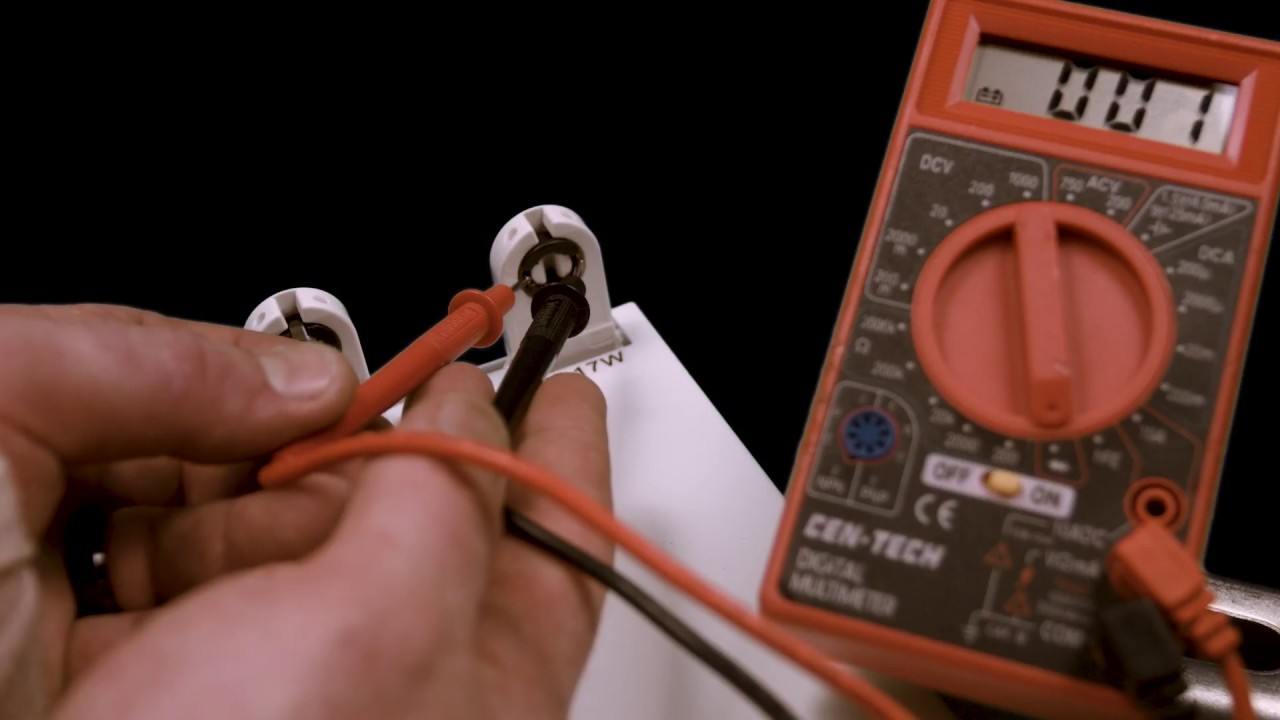

Furniture
What Is A Shunted Lamp Holder
Modified: December 7, 2023
Discover what a shunted lamp holder is and how it can enhance your furniture's lighting. Explore the benefits and uses of this essential component.
(Many of the links in this article redirect to a specific reviewed product. Your purchase of these products through affiliate links helps to generate commission for Storables.com, at no extra cost. Learn more)
Introduction
When it comes to lighting fixtures, there are many components that work together to create functional and aesthetically pleasing illumination. One such component is the lamp holder, which securely holds the light bulb in place and provides the electrical connection. Within the realm of lamp holders, there are different types and designs to suit varying lighting needs.
In this article, we will explore a specific type of lamp holder known as a shunted lamp holder. We will define what a shunted lamp holder is, how it works, discuss its benefits and common applications, and highlight potential issues to be aware of. Additionally, we will provide some tips for choosing and installing shunted lamp holders.
So, if you’re curious to learn more about this important component of lighting fixtures, keep reading!
Key Takeaways:
- Shunted lamp holders provide efficient and uniform electrical connections for fluorescent bulbs, enhancing safety and consistent illumination in various settings, from commercial and industrial spaces to educational and healthcare facilities.
- When choosing and installing shunted lamp holders, consider compatibility, wattage, and quality materials, and follow manufacturer guidelines. Regular maintenance and professional assistance can ensure optimal performance and longevity of your lighting system.
Read more: How To Wire A Lamp Holder
Definition of a Shunted Lamp Holder
A shunted lamp holder, also known as a parallel lamp holder, is a type of lamp holder that is designed to accommodate fluorescent light bulbs. It is called “shunted” because it diverts the electrical current in a parallel manner to all parts of the lamp holder, allowing for multiple connections.
Unlike non-shunted lamp holders, which separate the electrical contacts, a shunted lamp holder has internal metal bridges or “shunts” that connect the contacts electrically. These shunts ensure that the electrical current flows smoothly and evenly throughout the lamp holder and to the connected bulbs.
Shunted lamp holders are typically made of durable materials such as porcelain or thermoplastic and are available in various configurations, including single-ended and double-ended options. They come in different sizes and styles to accommodate different wattages and types of fluorescent bulbs.
Overall, the primary function of a shunted lamp holder is to provide a secure and efficient electrical connection for fluorescent light bulbs, ensuring reliable and consistent illumination.
How a Shunted Lamp Holder Works
To understand how a shunted lamp holder works, it’s important to first have a basic understanding of the internal structure of a fluorescent light bulb. Fluorescent bulbs have two pins at each end that serve as electrical contacts. These contacts are inserted into the lamp holder, which provides the necessary connection to power the bulb.
Now, let’s dive into the workings of a shunted lamp holder:
- Electrical Current Distribution: When a shunted lamp holder is connected to a power source, the electrical current enters through the positive contact of the lamp holder. The shunts inside the lamp holder allow the current to flow in a parallel path, distributing it evenly to all other contacts of the lamp holder.
- Electrical Connection: As the current flows through the shunts, it reaches the negative contact of the lamp holder and makes a secure electrical connection. This completes the circuit and allows electricity to flow through the bulb, generating light.
- Uniform Illumination: The shunted lamp holder ensures that all parts of the fluorescent bulb receive an equal and consistent amount of electrical current. This even distribution of current helps to maintain the uniformity of light output from the bulb.
- Compatibility: It’s important to note that shunted lamp holders are specifically designed for use with certain types of fluorescent bulbs, such as T8 and T12 lamps. These bulbs have their internal wiring configuration set up for parallel electrical connections. Attempting to use a shunted lamp holder with a non-compatible bulb can result in improper function or damage to the components.
In summary, a shunted lamp holder works by providing parallel electrical connections to ensure the smooth distribution of current to all parts of the fluorescent bulb, resulting in reliable and uniform illumination.
Benefits of Shunted Lamp Holders
Shunted lamp holders offer several advantages over non-shunted versions. Understanding these benefits can help you make an informed decision when selecting lamp holders for your lighting applications. Here are some key advantages of using shunted lamp holders:
- Simplified Wiring: One of the main advantages of shunted lamp holders is their simplified wiring. The internal shunts allow for parallel electrical connections, which means that you don’t need to wire each contact separately. This makes installation easier and faster, saving time and effort.
- Improved Electrical Efficiency: Shunted lamp holders help optimize electrical efficiency. By providing a parallel path for the electrical current, they ensure that the current is evenly distributed to all parts of the bulb. This helps minimize voltage drops and prevents the uneven performance that can occur with non-shunted lamp holders.
- Enhanced Safety: Shunted lamp holders are designed to provide a secure and safe electrical connection. The internal shunts ensure that the electrical current is properly channeled, minimizing the risk of arcing or shorts. This helps reduce the potential for electrical hazards and improves overall safety in lighting installations.
- Compatibility: Shunted lamp holders are specifically designed to work with fluorescent bulbs that have parallel wiring configurations. As a result, they are compatible with a wide range of popular fluorescent lamp types, such as T8 and T12 lamps. This compatibility ensures that you can easily find the right shunted lamp holders for your specific lighting applications.
- Consistent Illumination: The even distribution of electrical current provided by shunted lamp holders helps maintain consistent illumination across the entire length of the fluorescent bulb. This eliminates dark spots or flickering that can occur with non-shunted lamp holders, resulting in better quality and more visually appealing lighting.
Overall, shunted lamp holders offer convenience, efficiency, safety, and compatibility, making them a preferred choice for many fluorescent lighting applications.
When dealing with a shunted lamp holder, always remember that the internal wiring is designed to prevent electrical current from flowing through the wrong path. This is important to ensure the safety and proper functioning of the lamp holder.
Common Applications of Shunted Lamp Holders
Shunted lamp holders are widely used in various lighting applications that require fluorescent bulbs. Their unique design and features make them well-suited for specific lighting needs. Here are some common applications where shunted lamp holders are commonly used:
- Commercial Spaces: Shunted lamp holders are frequently found in commercial settings such as offices, retail stores, warehouses, and hotels. These environments often rely on fluorescent lighting for its bright and energy-efficient illumination. Shunted lamp holders ensure reliable and uniform lighting, making them an ideal choice for these spaces.
- Industrial Facilities: Industrial facilities, including manufacturing plants, factories, and warehouses, often have large spaces that require extensive lighting. Shunted lamp holders are well-suited for these environments due to their ability to provide consistent illumination across long fluorescent bulbs. They can withstand the harsh conditions found in industrial settings, making them durable and reliable options.
- Educational Institutions: Schools, colleges, and universities commonly use fluorescent lighting in classrooms, auditoriums, libraries, and other areas. Shunted lamp holders play a crucial role in ensuring proper lighting in these educational spaces, providing an optimal learning environment for students and faculty.
- Healthcare Facilities: Hospitals, clinics, and other healthcare facilities require reliable and consistent lighting for various areas, including patient rooms, operating rooms, and waiting areas. Shunted lamp holders offer the necessary electrical connection to fluorescent bulbs, ensuring efficient and uniform lighting for critical healthcare activities.
- Residential Applications: While less common in residential settings, shunted lamp holders can still be used in specific situations. For example, in garages or workshops where fluorescent lighting is preferred for its brightness and energy efficiency, shunted lamp holders can provide the necessary electrical connection for reliable and uniform illumination.
It’s important to note that the specific requirements of each lighting application may vary. It is always recommended to consult with a lighting professional or electrician to determine the most appropriate lamp holders for your specific needs.
Read more: What Is A Lamp
Potential Issues with Shunted Lamp Holders
While shunted lamp holders offer numerous benefits, there are a few potential issues to be aware of. Understanding these challenges can help you address them effectively and ensure optimal performance of your lighting fixtures. Here are some potential issues with shunted lamp holders:
- Incompatibility with Non-Shunted Bulbs: Shunted lamp holders are designed to work specifically with fluorescent bulbs that have parallel wiring configurations. Using a non-shunted bulb with a shunted lamp holder can lead to improper functioning, flickering, or even damage to the lamp holder or bulb. It’s crucial to ensure compatibility between the lamp holder and the bulb to avoid any issues.
- Fragility: Some shunted lamp holders, particularly those made of thermoplastic materials, may be more susceptible to breakage or damage compared to their porcelain counterparts. Care should be taken during installation and maintenance to prevent any accidental impact or mishandling that could result in cracked or broken lamp holders.
- Heat Dissipation: Shunted lamp holders can generate heat during operation, especially when used with high-wattage bulbs. Proper heat dissipation is essential to prevent overheating, which can lead to decreased lamp life, reduced efficiency, and potentially pose a fire risk. It’s important to ensure that the lamp holders are installed in a well-ventilated manner, allowing for effective heat dissipation.
- Compatibility with Ballasts: Shunted lamp holders are designed to be used with specific types of ballasts, which are responsible for regulating the electrical current in fluorescent lighting systems. It’s important to ensure that the lamp holder is compatible with the ballast being used to ensure proper function and performance. Using incompatible components can result in flickering lights, reduced brightness, or even damage to the ballast.
- Installation Errors: Improper installation of shunted lamp holders can lead to various issues, such as loose connections, poor electrical contact, or improper alignment. It’s crucial to follow the manufacturer’s guidelines and consult a professional electrician if necessary to ensure correct installation and avoid any potential problems.
To mitigate these potential issues, it’s important to choose high-quality shunted lamp holders from reputable manufacturers, ensure compatibility with bulbs and ballasts, and follow proper installation and maintenance practices. Regular inspections and maintenance can also help identify and address any issues before they worsen.
Overall, being aware of these potential issues can help you troubleshoot and ensure the optimal performance and longevity of your lighting fixtures that incorporate shunted lamp holders.
Tips for Choosing and Installing Shunted Lamp Holders
Choosing and installing shunted lamp holders correctly is essential to ensure proper functioning and longevity of your lighting fixtures. Here are some important tips to help you make informed decisions and successfully install shunted lamp holders:
- Check Compatibility: Before purchasing shunted lamp holders, ensure they are compatible with the specific type of fluorescent bulb you will be using. Verify that the bulb has a parallel wiring configuration and is suitable for use with shunted lamp holders.
- Consider the Wattage: Different lamps require shunted lamp holders with varying wattage ratings. Make sure to select lamp holders that can handle the wattage of the bulbs you intend to use, ensuring they can accommodate the electrical load without overheating.
- Choose Quality Materials: Opt for shunted lamp holders made from durable materials, such as porcelain or high-quality thermoplastic. These materials offer better resistance to heat and physical stress, ensuring reliable performance and longevity.
- Follow Manufacturer Guidelines: Always refer to the manufacturer’s guidelines for proper installation instructions. Each lamp holder may have specific requirements, such as wire stripping lengths, screw tightening torque, or mounting orientations. Adhering to these guidelines ensures safe and correct installation.
- Secure Electrical Connections: Ensure that wire connections are securely fastened and properly positioned within the lamp holder. Loose or improperly secured wires can lead to poor electrical contact, flickering lights, or even electrical hazards. Double-check connections to minimize the risk of issues.
- Ensure Proper Alignment: When inserting fluorescent bulbs into the shunted lamp holders, make sure they are properly aligned with the contacts. Avoid forcing the bulb into the lamp holder, as this can damage the pins or cause misalignment, resulting in poor electrical connection or bulb malfunction.
- Regular Maintenance: Perform periodic inspections of your shunted lamp holders and the overall lighting system. Check for any signs of damage, loose connections, or corrosion. Clean the lamp holders and surrounding areas to remove dust or debris that may impact performance. Address any maintenance issues promptly to maintain optimal functionality.
- Seek Professional Assistance if Needed: If you are uncertain about the installation process or have complex lighting systems, it is recommended to consult with a professional electrician. They can provide guidance, ensure compliance with safety regulations, and assist with any technical challenges you may encounter.
By following these tips, you can select suitable shunted lamp holders, install them correctly, and maintain their performance over time. This will ensure effective and reliable lighting in your chosen applications.
Conclusion
Shunted lamp holders are an integral component of fluorescent lighting fixtures, providing secure electrical connections and ensuring reliable illumination. Understanding the definition, functionality, and benefits of shunted lamp holders is key to making informed decisions when choosing and installing them in your lighting applications.
We explored the definition of shunted lamp holders and how they work, emphasizing their ability to distribute electrical current evenly and provide consistent illumination. We also discussed the benefits of using shunted lamp holders, such as simplified wiring, improved electrical efficiency, enhanced safety, compatibility, and consistent lighting output.
Additionally, we highlighted common applications where shunted lamp holders are frequently utilized, including commercial spaces, industrial facilities, educational institutions, healthcare facilities, and even residential areas. Recognizing these applications can help you determine if shunted lamp holders are suitable for your specific lighting needs.
We also discussed potential issues with shunted lamp holders, such as incompatibility with non-shunted bulbs, fragility, heat dissipation concerns, compatibility with ballasts, and the importance of proper installation. Being aware of these issues allows you to address them effectively and ensure optimal performance of your lighting fixtures.
Finally, we provided useful tips for choosing and installing shunted lamp holders, such as checking compatibility, considering wattage, selecting quality materials, following manufacturer guidelines, securing electrical connections, ensuring proper alignment, performing regular maintenance, and seeking professional assistance if needed. Following these guidelines will help you make the best choices and ensure the longevity and efficiency of your lighting system.
In conclusion, shunted lamp holders are essential components that contribute to the functionality and reliability of fluorescent lighting fixtures. By understanding their purpose, benefits, applications, and potential issues, you can make informed decisions and ensure successful installations for your lighting needs.
Frequently Asked Questions about What Is A Shunted Lamp Holder
Was this page helpful?
At Storables.com, we guarantee accurate and reliable information. Our content, validated by Expert Board Contributors, is crafted following stringent Editorial Policies. We're committed to providing you with well-researched, expert-backed insights for all your informational needs.
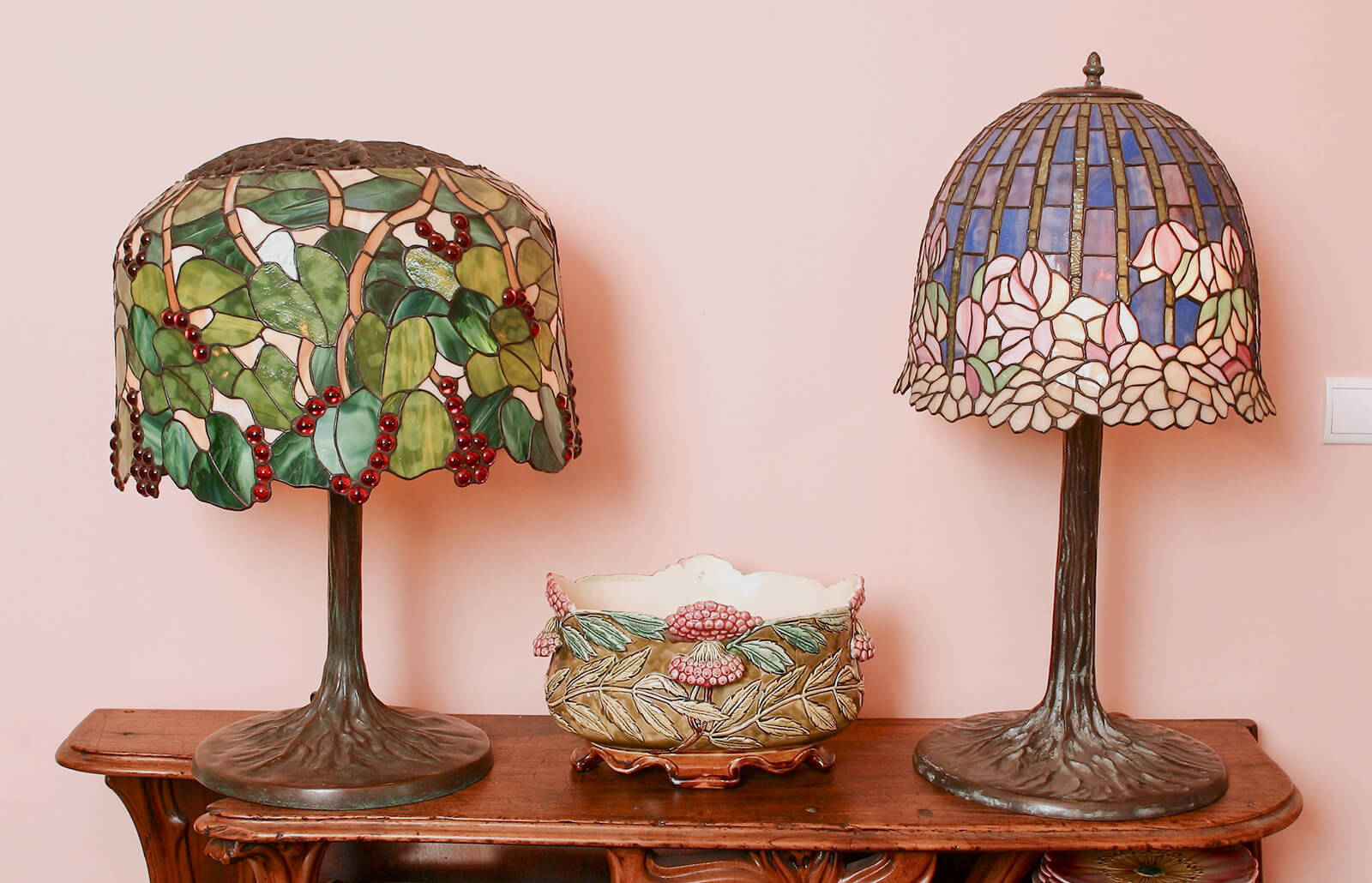
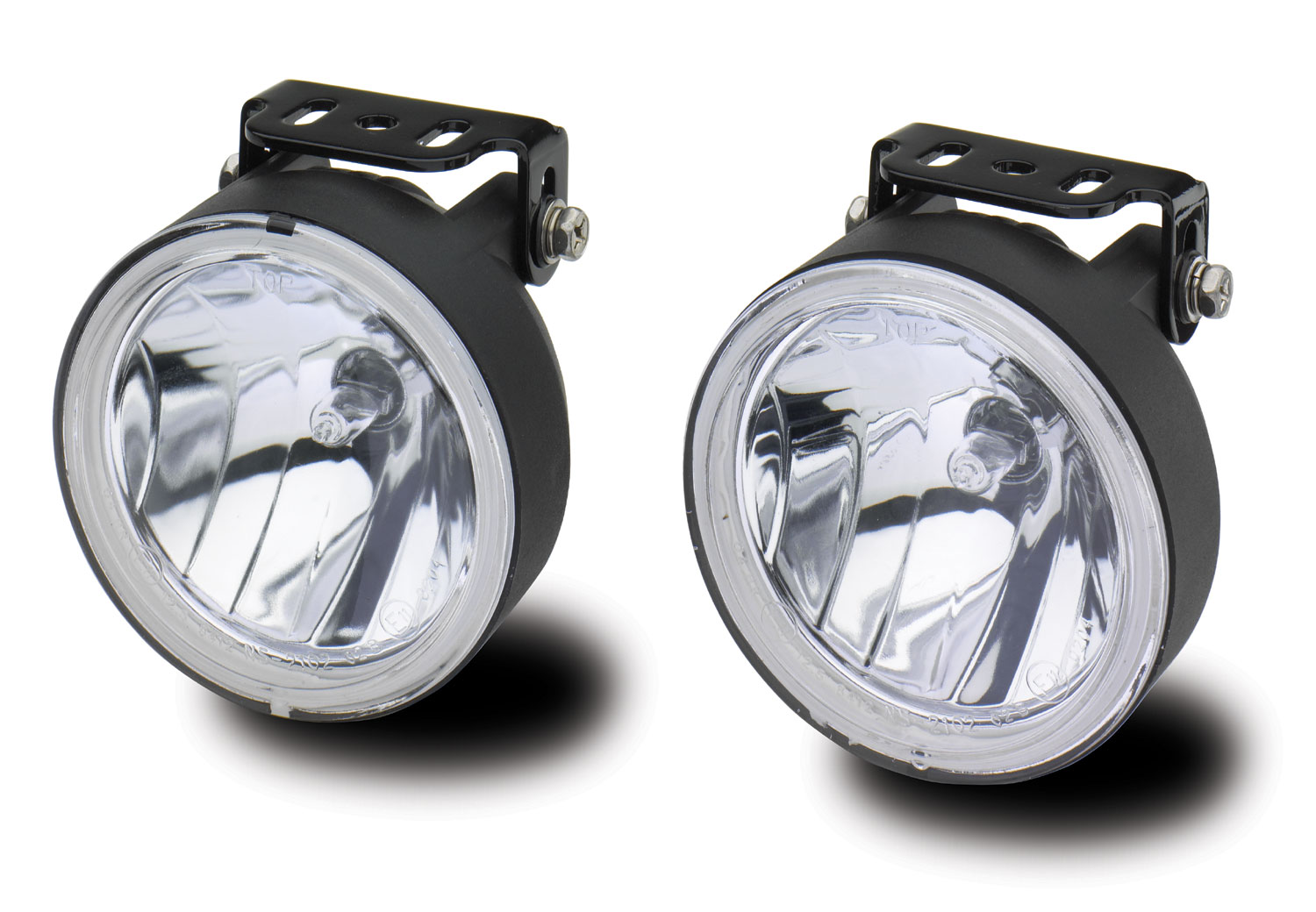

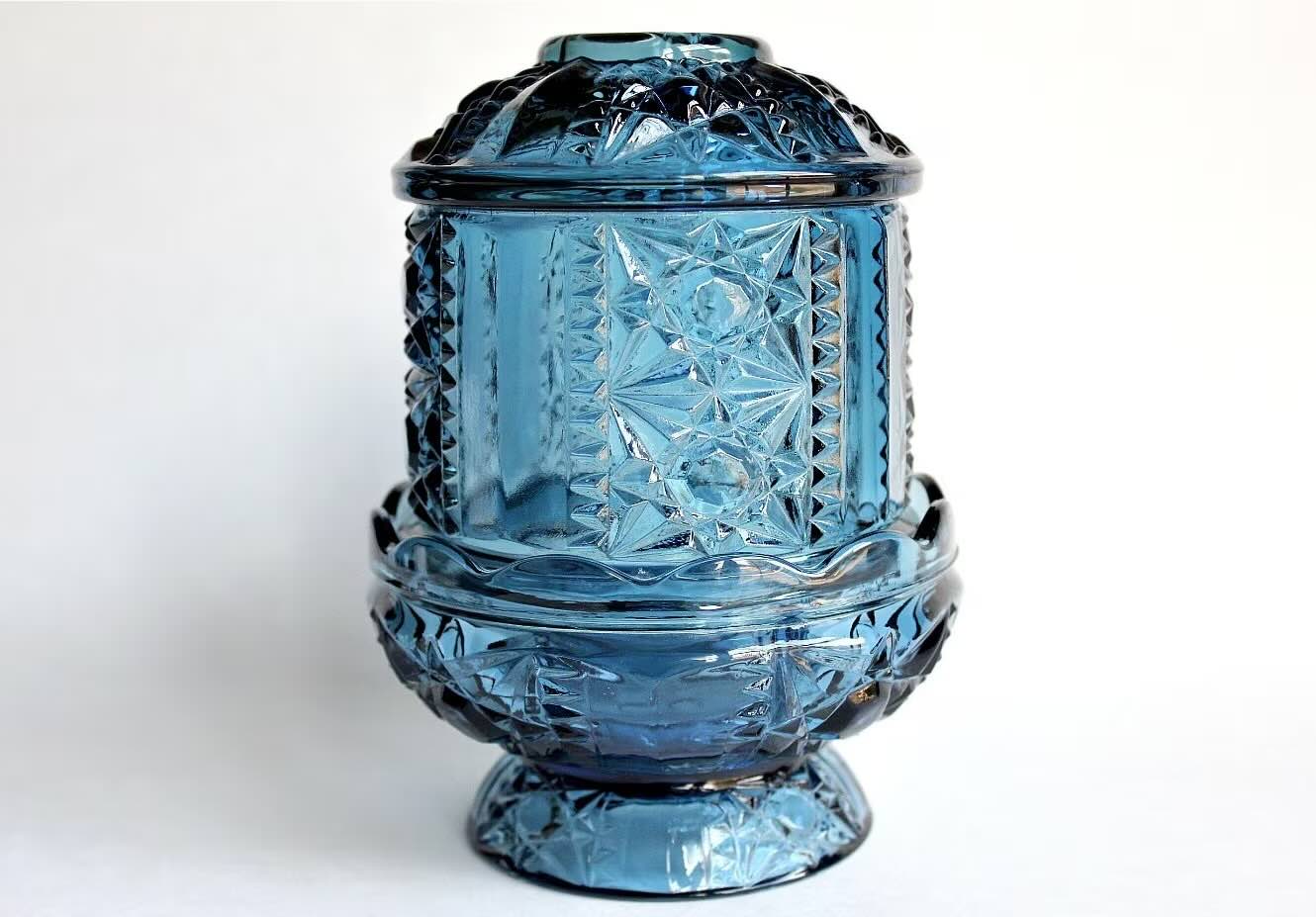
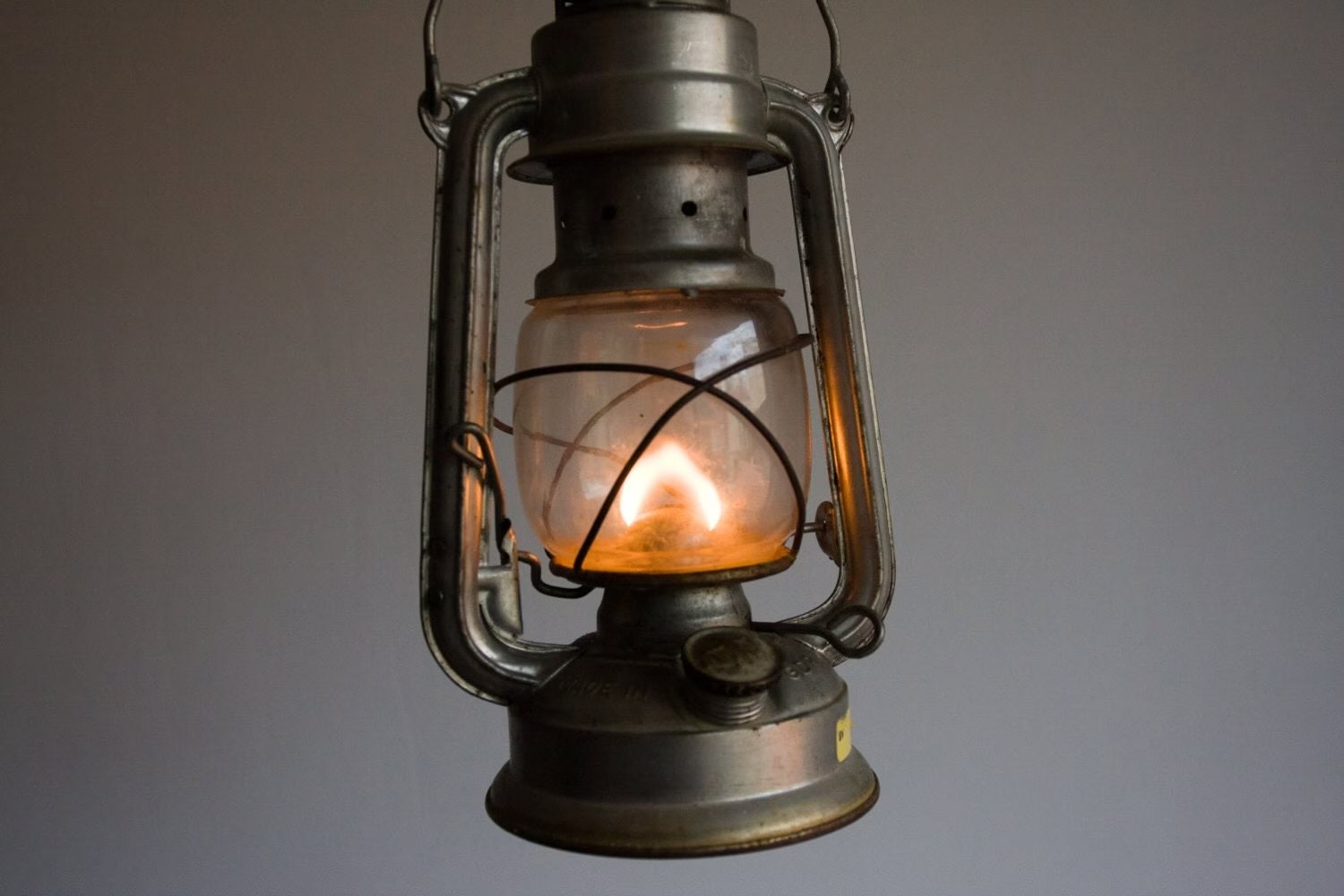

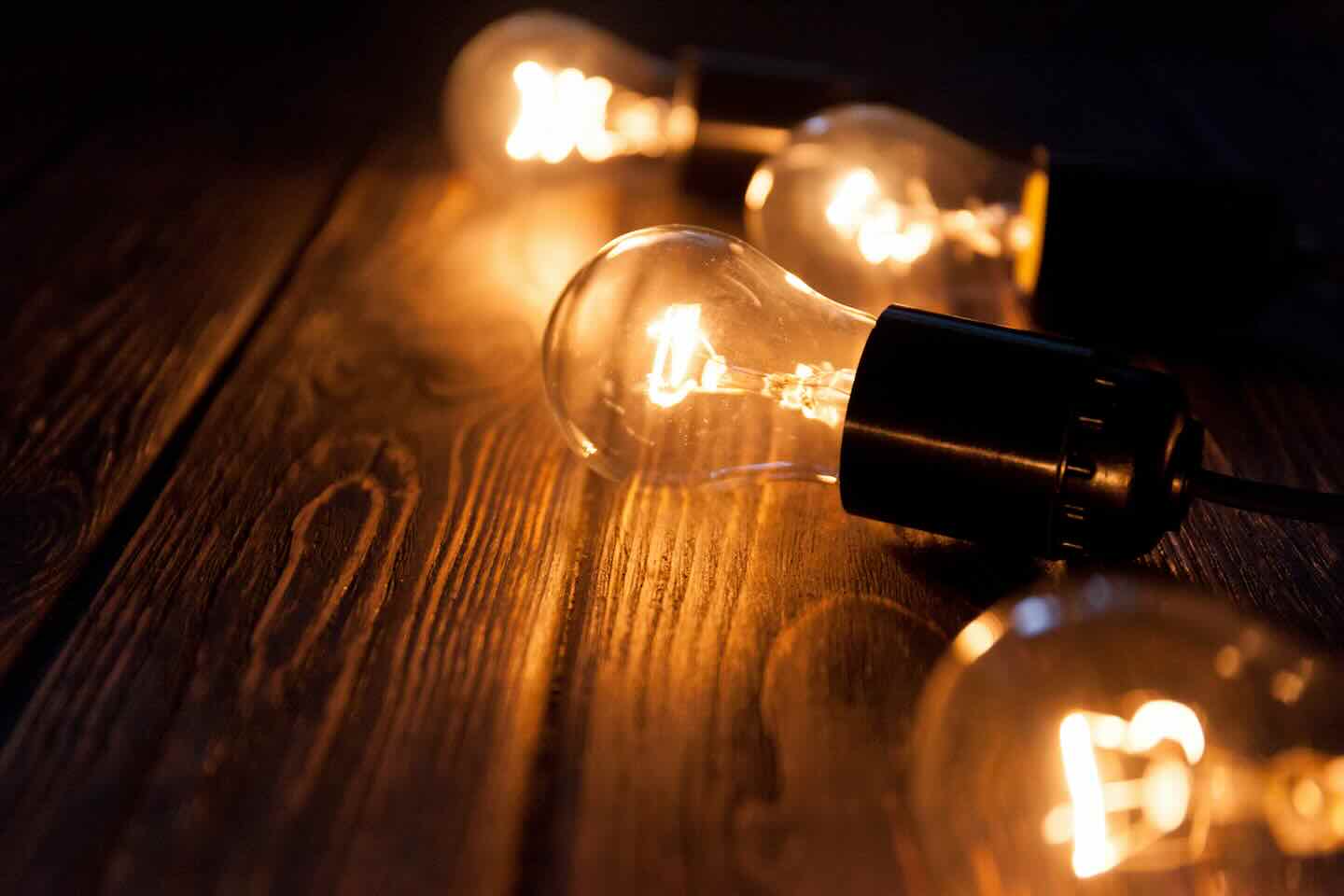
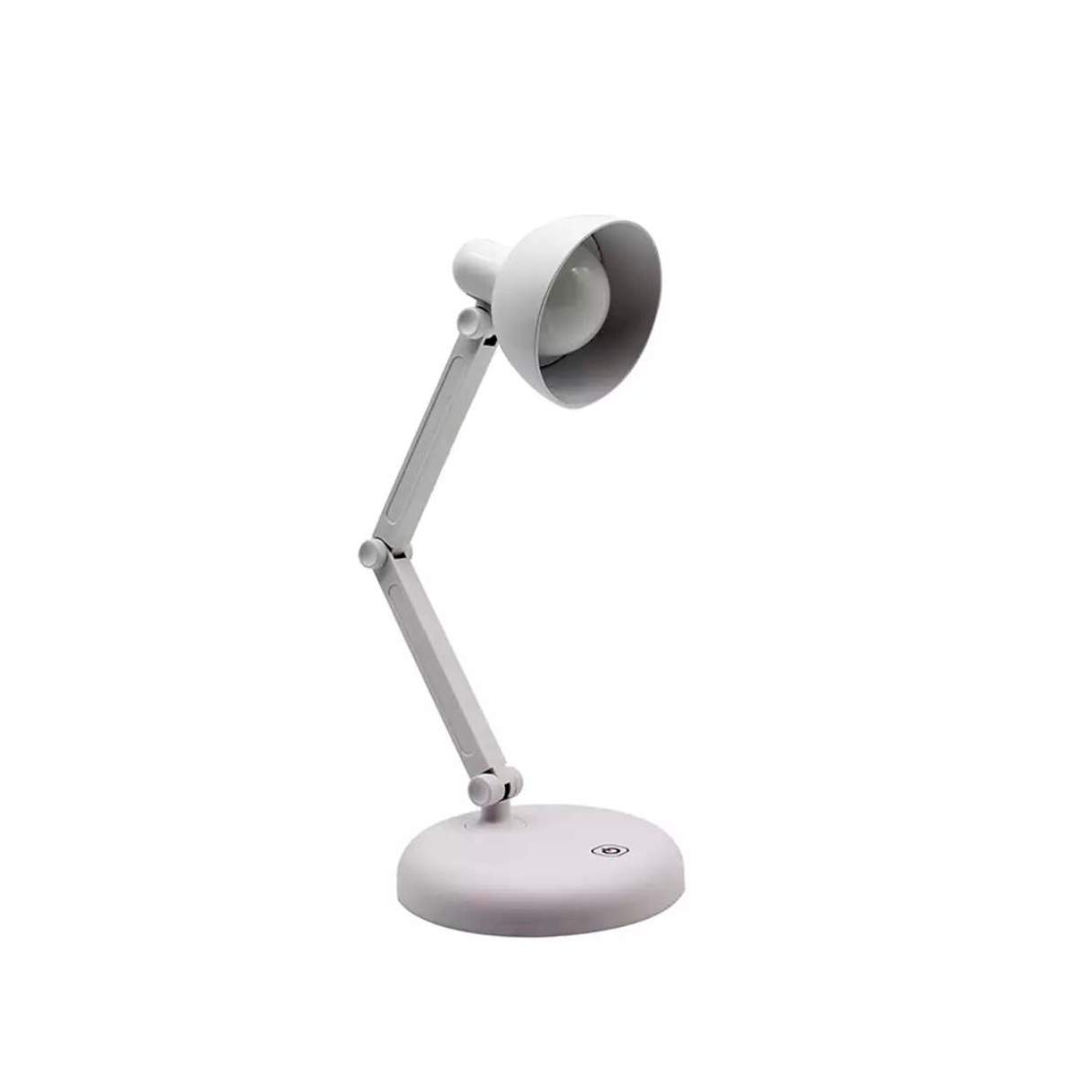
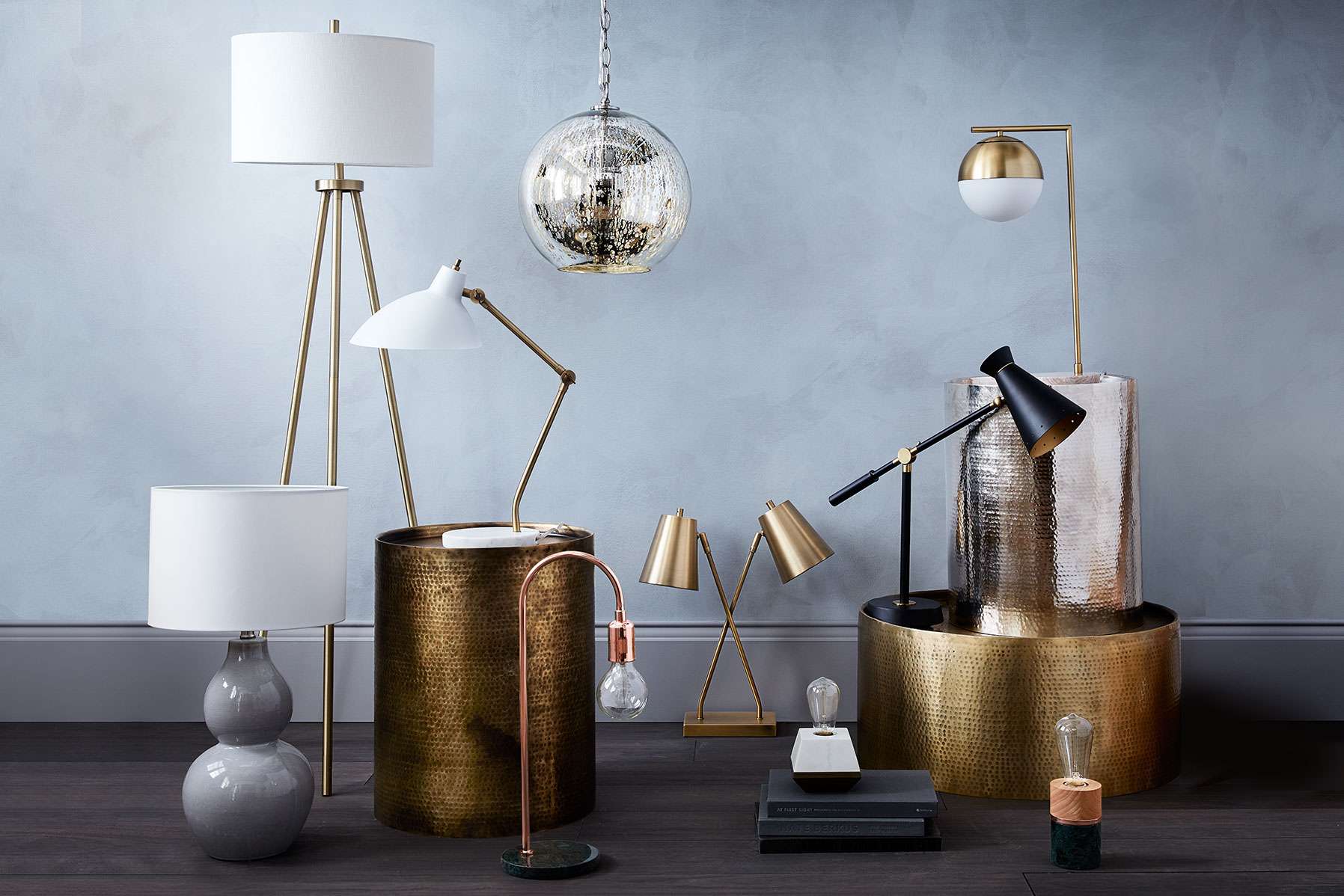
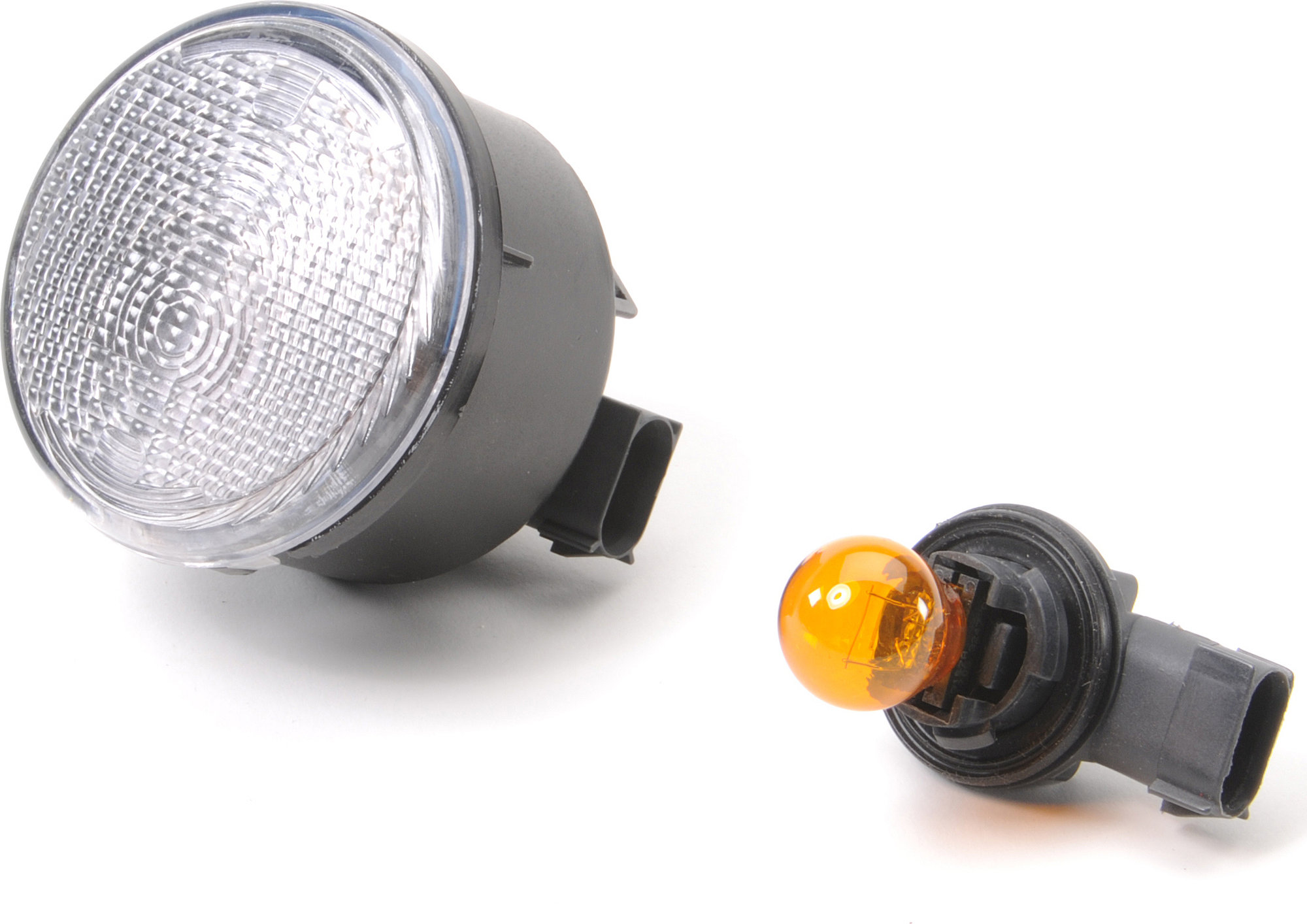
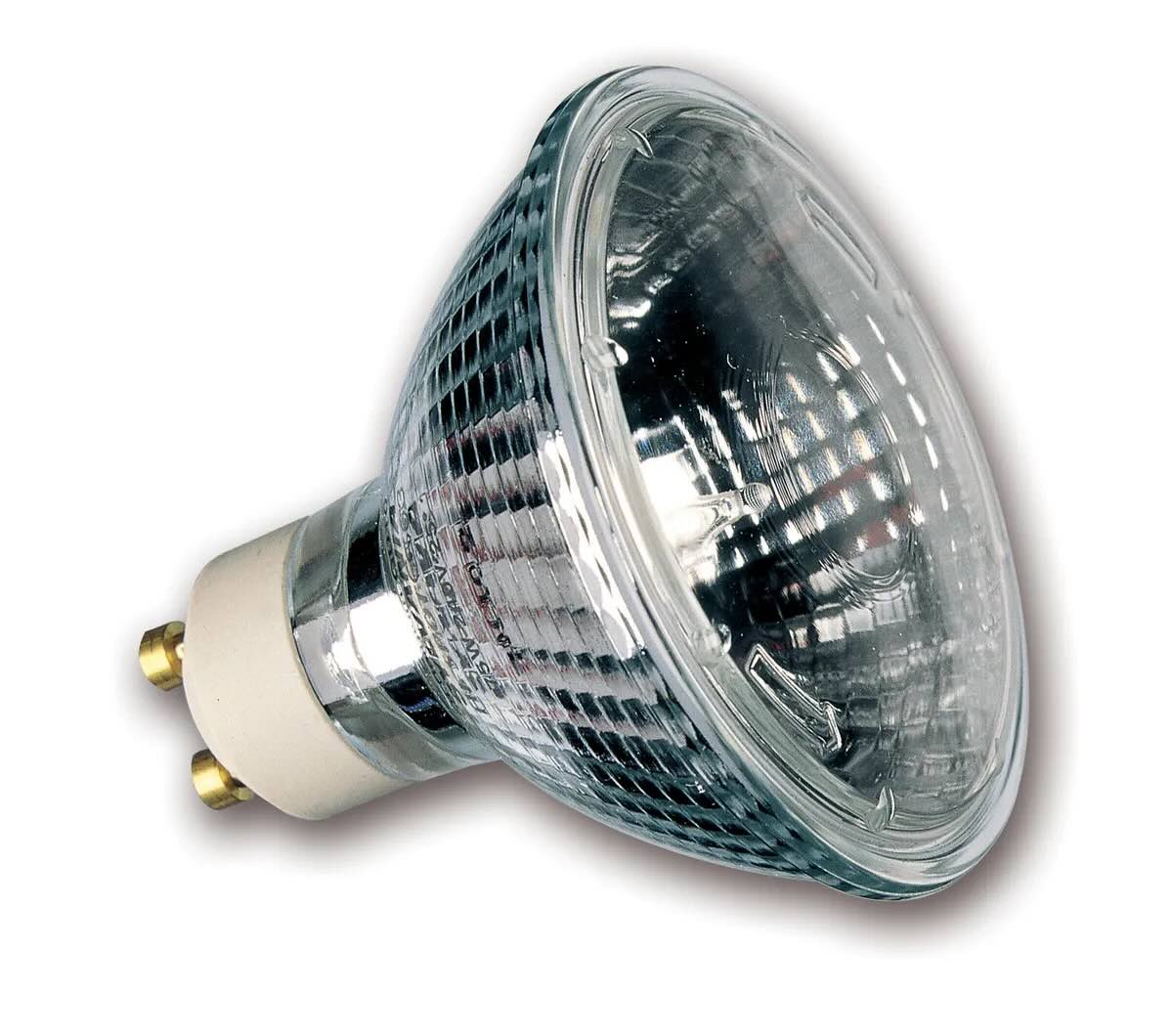
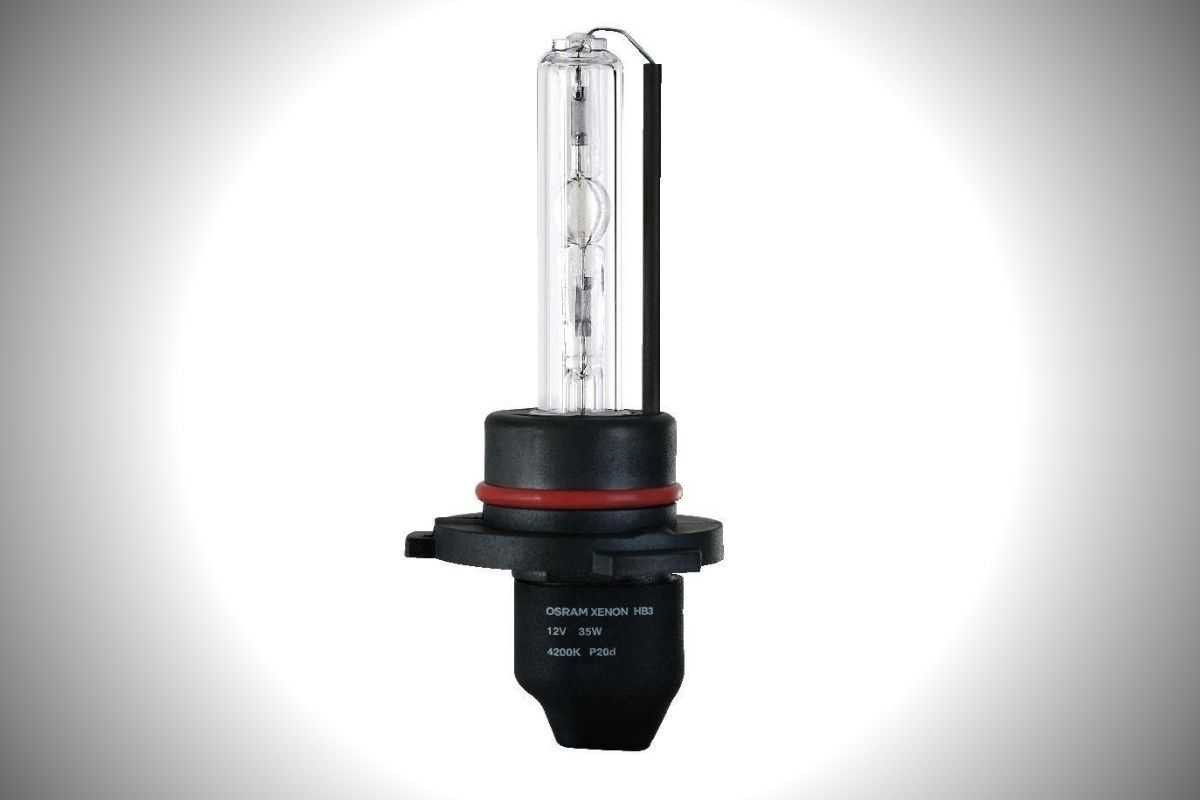
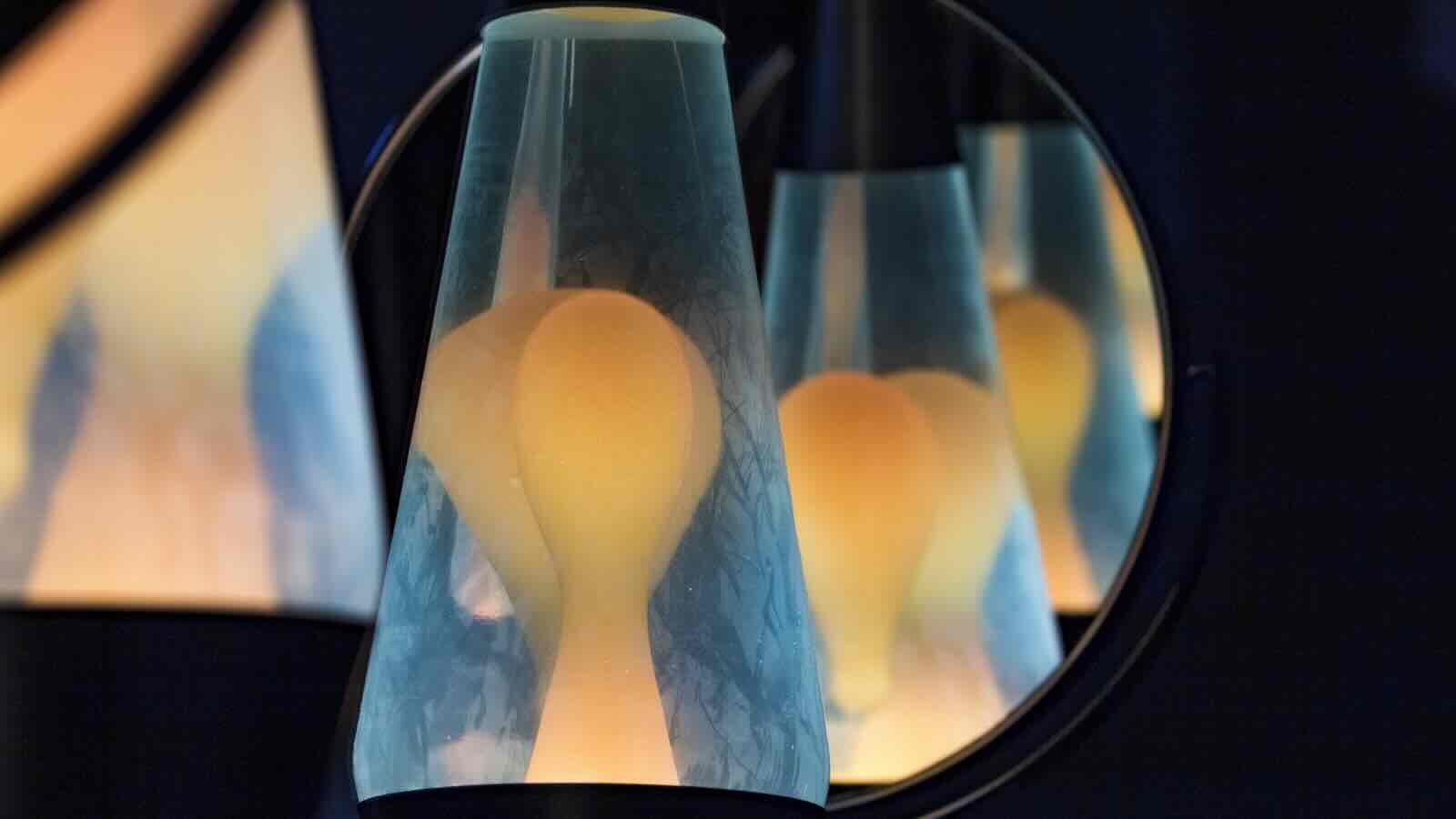
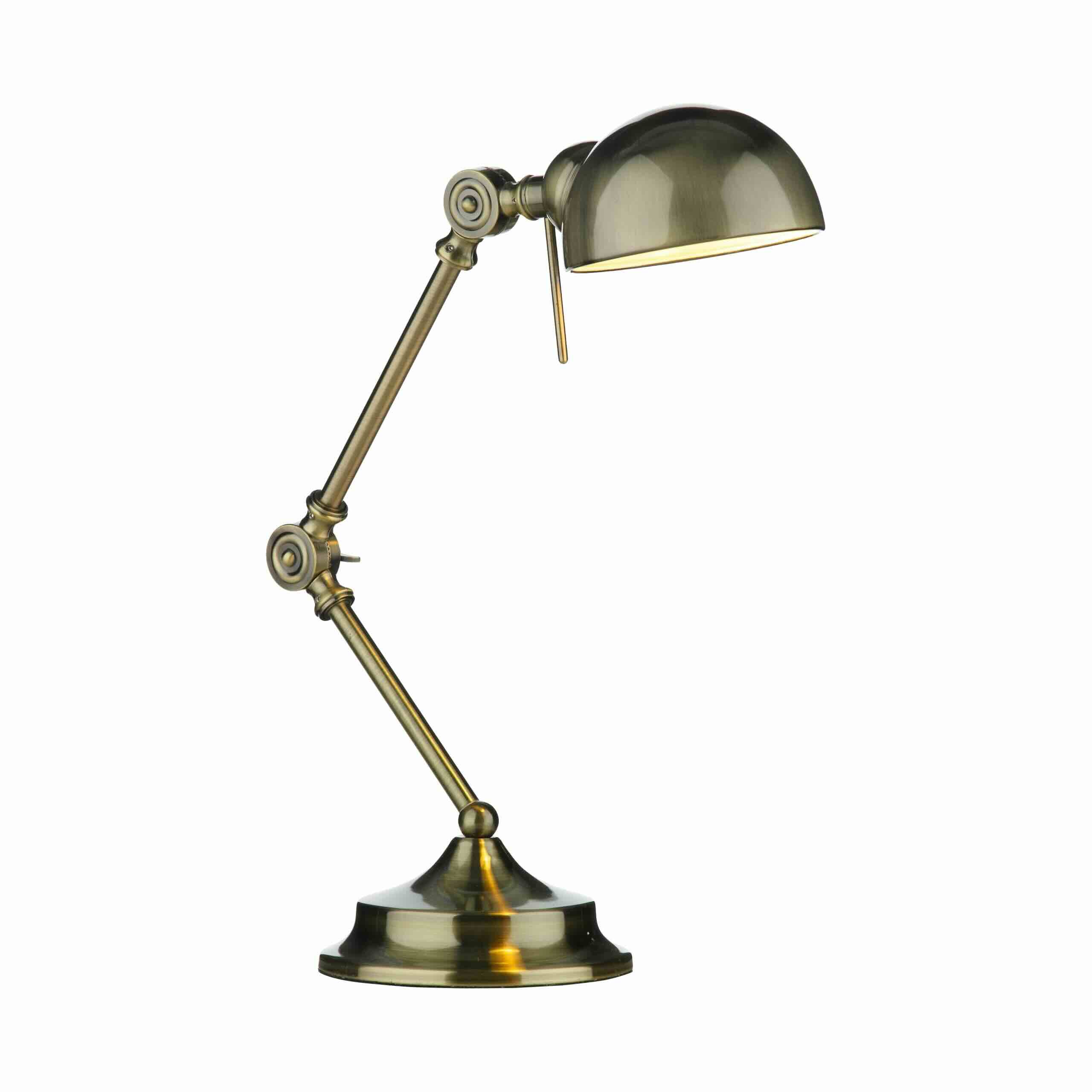

0 thoughts on “What Is A Shunted Lamp Holder”